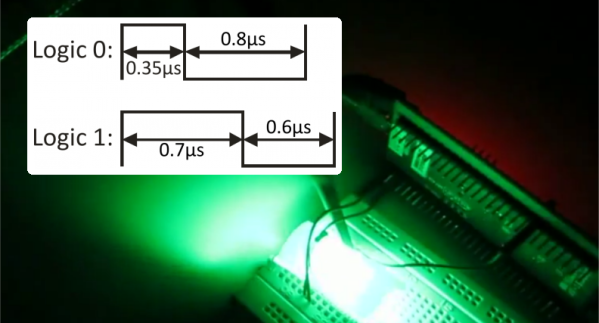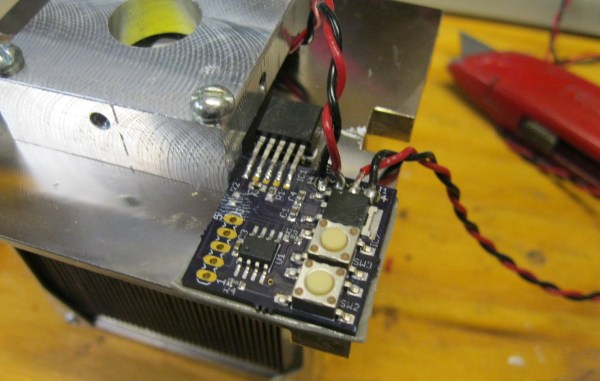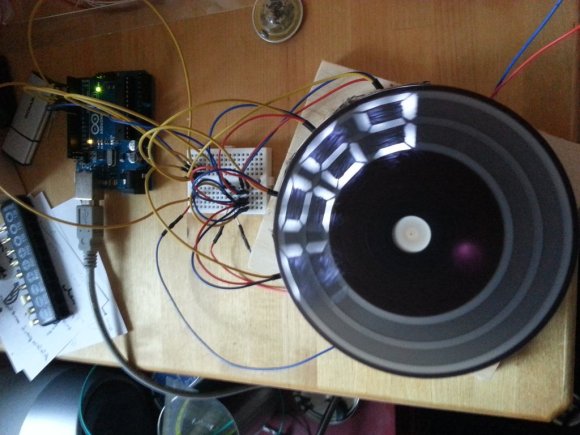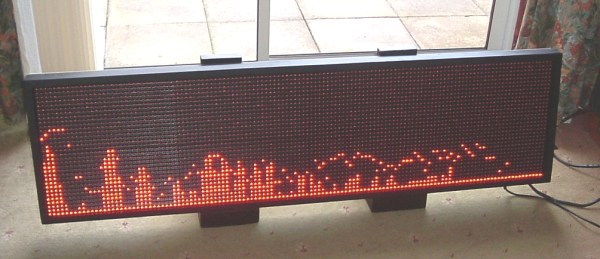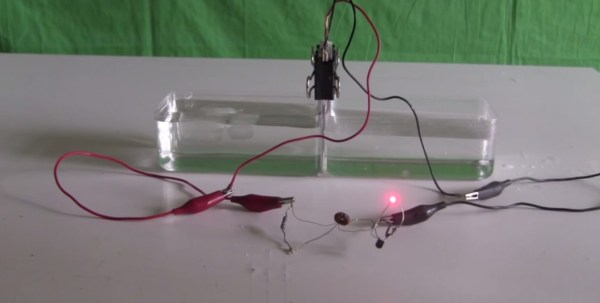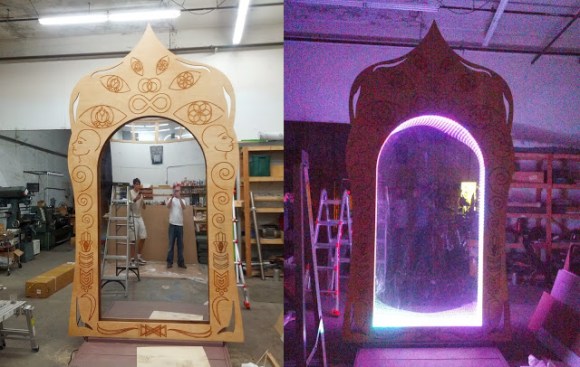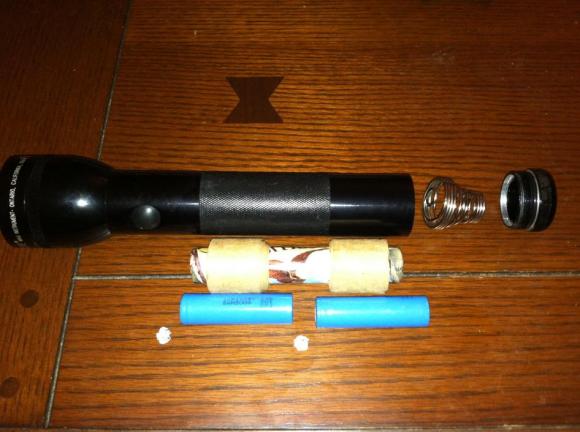
Maglite’s used(?) to be the king of flashlights, but replacing those pesky D-cell batteries is kind of ridiculous in this day and age. So [Travis] decided to upgrade it to make use of the ever-so-common, 18650 lithium-ion battery.
Not looking to purchase any components [Travis] performed this hack using simple recycled household parts. You could solder tabs on the 18650’s so they better mimic a typical alkaline battery cell, but [Travis] notes that because most solder tarnishes the electrical conductivity isn’t always the greatest. So instead, he used aluminum foil. It doesn’t look professional, but it does the job and keeps all the components unmodified so the lithium cells can be used elsewhere if needed. To center the batteries inside the Maglite he used a few strips of cardboard from a case of beer — again, this is just making use of what was available. That being said however, if you wanted to do a professional job on it, nothing is stopping you! A 3D printed 18650 to D-cell adapter would look quite nice… Finally, in order to make the battery spring contact the smaller surface area of the lithium cells, all you have to do is flip it around backwards and slightly bend the inner spring out. That’s about it.
It’s a pretty simple hack we admit, but definitely super handy. In a past project [Travis] also replaced the halogen bulb with a high power LED, making this flashlight even more powerful — and because the LED driver accepts a broader range of voltages it lasts longer too. If you need more inspiration for retrofitting flashlights with LEDs check out this switch-mode driver board hack.
Unfortunately this hack does reduce the Maglite’s thief-head-bashing-ability with such light batteries.

